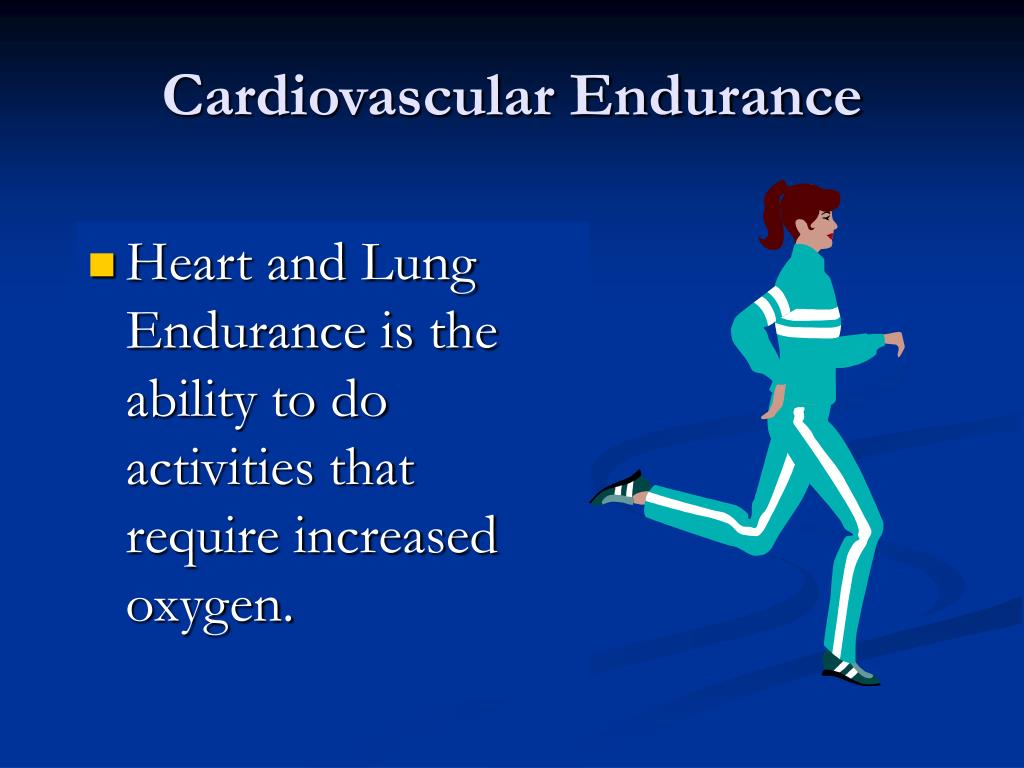
Consider time when adjusting your intensity Only increase the weight for an exercise when you can still maintain proper form. Don’t make the plan too hardįor example, when strength training, the goal is to push your muscles to the point of fatigue without overexerting them.


Type: could be various leg exercises, such as deadlifts, hamstring curls, squats, standing calf raises, leg extensions, and leg press or alternatives.Intensity: intermediate, 3 sets of 10 to 12 reps.Intensity: moderate, 60 to 70 percent heart rate.Type: Any type of cardiovascular training, such as dancing, walking, running, rowing, jogging, hiking, cycling, swimming, etc.You can increase the workout length as your endurance builds. Time: Aim for around 20 to 30 minutes per workout.For a high-intensity workout, aim to reach 70 to 80 percent of your maximum heart rate. Intensity: This will depend on your current fitness level.Frequency: Get your heart rate up during 3 to 6 days of the week.If your goal is to lose weight, your fit plan might look like this: Here’s how you can use it with cardio and strength training. Incorporating the FITT principle into your life can be simple. This can help save you money in the long run, as the average cost of a personal trainer is $60 to $75 per hour. It’s great for beginners, as it teaches you the basics of putting a fitness plan together. You don’t have to be an avid gymgoer to use this method.

For example, it helps reduce the risk of injury since you won’t be overusing the same muscles or joints. This is when you use several modes of training to reach your desired fitness goals.įor example, you may alternate between walking, strength training, and dancing to help you see results - and keep boredom at bay.Ĭross-training comes with several other benefits. In addition to busting through plateaus, the FITT principle encourages cross-training. When you notice that your weight is no longer budging, you can look to your FITT plan and find ways to improve it.įor example, if you’ve been walking for 4 weeks straight, you can add jogging to the plan to get the scale moving. Hitting a plateau is a common concern for those who are trying to reach their fitness goals. There are many upsides to using the FITT principle to guide you toward your fitness goals. So, this looks like: 195 x 0.50 = ~97 and 195 x 0.85 = ~165Īccording to the American Heart Association, the target heart rate zone for a 25-year-old is approximately 95 to 162 beats per minute. To find your target heart rate zone, use this calculation: MHR multiplied by percentage rate in decimals. You’re also getting a workout when your heart rate reaches 50 to 70 percent of your MHR. Find your target heart rate zoneĪccording to Harvard Health, aerobic exercise is when your heart rate reaches between 70 and 85 percent of your MHR. To find your MHR, use this calculation: 220 minus your age = MHR.įor example, if you’re 25 years old, your MHR is 195 (220 – 25 = 195 MHR). The heart rate zone you’re meant to target is based on a percentage of your maximum heart rate (MHR).

This starts with determining your target heart rate zone for your fitness level and age. To measure how hard you’re working during a cardiovascular exercise, you can look to your heart rate, which is measured by beats per minute (bpm). With strength training, there are three primary methods you can use to measure intensity: Start at a level that feels comfortable, and then gradually increase the difficulty as your strength and endurance builds. If you’re new to an exercise program, you don’t want to make the plan too challenging. This refers to how difficult an exercise is.


 0 kommentar(er)
0 kommentar(er)
